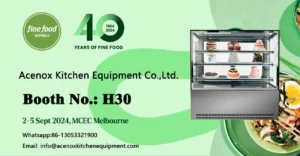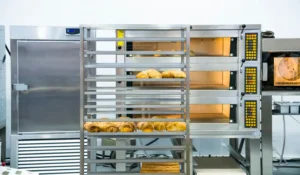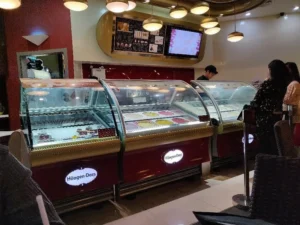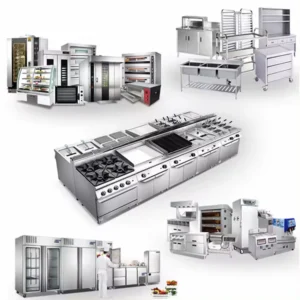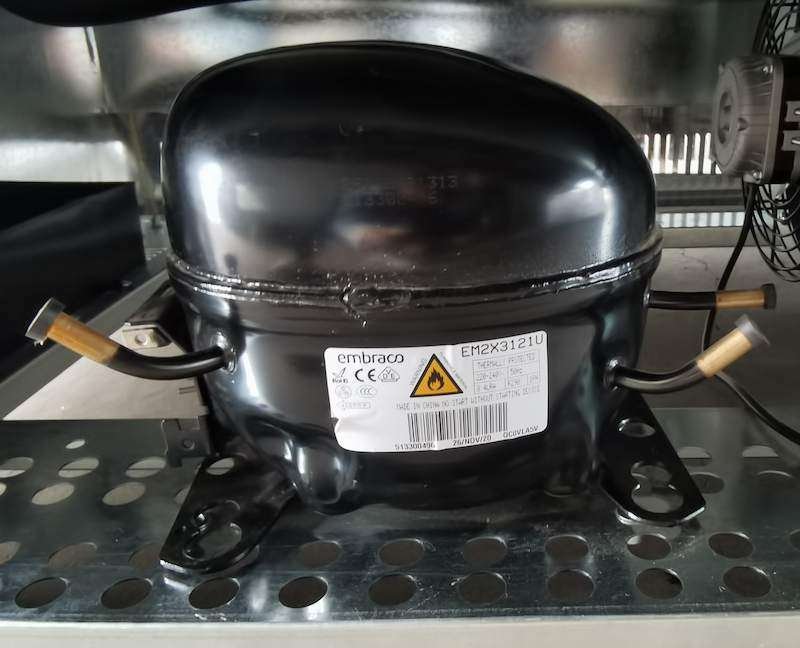
Commercial refrigeration compressor is the key part of all the refrigeration units inside the refrigerators. The compressor is responsible for circulating the refrigerant within the refrigeration system.
Analysis of the main faults and reasons of the compressor, which used in commercial refrigerators:
1. Stuck: the compressor is immobile and emits a “buzzing” sound:
- Foreign objects enter, causing the moving parts such as the crankshaft, piston, cylinder, etc., to get stuck.
- Imbalance of pressure on the high and low sides.
- Motor burnout.
- Low voltage.
- Compressor lacks oil or operates under overload, leading to severe wear of mechanical parts.
- Oil deterioration, causing severe wear of mechanical parts.
- Temperature of the compressor is too low during low-temperature heating.
- Compressor capacitor damage or decay.
- Poor clearance between fixed rotors.
2. The compressor can operate, but the exhaust pressure is low:
- Compressor inhales liquid.
- Condenser malfunction.
- Protector action.
- High resistance in the pipeline.
3. The compressor can operate, but shuts down gradually due to increasing current:
- Protector action.
- Suction pressure is too high.
- Mechanical parts of the compressor are damaged.
4. Compressor overcurrent:
- Refrigeration system blockage.
- Overloaded operation (refrigerant quantity, voltage).
- Fan motor speed (capacitor decay, fan malfunction).
- Variable frequency machine should pay special attention to control faults.
- Three-phase machine operates with missing phase, and winding burnout. When using an external overload protector, measure whether the overload protector is conducting with a multimeter; normal is conducting.
5. Loud noise:
- When the compressor starts, within 3 to 5 minutes, there may be a phenomenon of loud noise due to system instability.
- Pipeline vibration noise, motor and fan blade noise, sheet metal resonance noise.
- Air inflow into the system causes airflow noise.
- Impurities or copper chips in the system result in metal hitting valve plate noise.
- Poor clearance between fixed and rotating rotors.
- Lack of refrigeration machine oil.
- Liquid refrigerant entering the compressor causes hydraulic compression.
6. Damaged valve plate (no suction or discharge capability, high and low pressure mixed gas):
- Large gap or sticking between valve plates (rotary type).
- Crankshaft breakage, no rotation.
- Spring breakage.
- Compressor lacks oil, excessive wear of valve plates.
- Foreign objects enter the compressor cylinder.
- Four-way valve leaks gas.
- Lack of refrigerant.
- Three-phase power supply reversal can cause compressor reversal.
- Excessive moisture causes ice blockage.
7. Large winding current:
- Check if other components of the system (mainly motor and control) are working properly.
- Stator burnout (coil short circuit, overload, missing phase operation, refrigerant leakage).
- Excessive refrigerant charging can lead to high efficiency.
- Check if the system may be blocked, causing high pressure and low-pressure situations.
- Check the normal operation of the capacitor.
- High ambient temperature.


